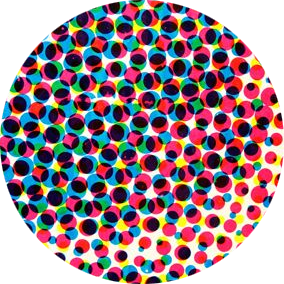Spider-Man as Juvenile Delinquent

Without directly invoking the development of the Comics Code Authority, “Amazing Spider-Man” #1 (1963) offers insightful commentary on how the perceived threat of youth culture influenced the 1950s moral panic around comics and juvenile delinquency. 1/13 #SilverAge

Spider-Man/Peter Parker is foundationally beset with social struggles, from his unpopularity at school to his poverty, which is exacerbated by the death of his Uncle Ben that further saddles Peter with his defining guilt. 2/13

But in Amazing Spider-Man #1, Spidey’s greatest struggle is against the smear campaign orchestrated by Daily Bugle publisher J. Jonah Jameson. Peter first becomes aware of Jameson’s anti-Spider-Man editorial when it causes him to lose his job as a performer. 3/13


In “Seduction of the Innocent,” Fredric Wertham was similarly alarmed by the prospect of young people copying what they saw in the comics. Wertham argued that juvenile delinquents copied both the explicit violence and implied gender & sexual deviance of superhero comics. 5/13

Superhero comics do feature violence and gender deviance. But as many critics have pointed out, Wertham’s interpretation of comics & media effects was biased and simplistic, similar to that of J. Jonah Jameson and members of the public who too-easily embrace his hyperbole. 6/13


Jameson’s speech similarly conjures images of Spider-Man posing awkwardly and looming over the city, his body becoming literally monstrous as he towers over buildings and people. This absurd visualization emphasizes Jameson’s hysteria—he is clearly divorced from reality. 8/13

It’s worth noting that Wertham was expressly concerned that the skin-tight costumes and non-normative, homoerotic lives of superheroes nurtured queer desires. For Wertham, superhero bodies were threatening in part because they were (or could be read as) queer. 9/13
The physical, implicitly sexual threat of comics reading is similarly articulated within this 1955 “Confidential File” investigation, in which comics are hidden in the woods (evoking pornography) and reading them leads quickly to sadistic violence. 10/13

In a related vein, we can ask: is Spider-Man a menace because he’s a freak or a freak because he’s a menace? In any case, the mutated, anonymous, monstrous body of the outsider is juxtaposed the normative, public, officially sanctioned heroic body of John Jameson. 11/13

The combination of J. Jonah Jameson, newspaper magnate, and his son John, who’s associated with the government as a space program test pilot, can be read as reflecting the ways both the government & the mainstream media targeted comic books as a social threat in the 1950s. 12/13

But this is a comic produced by men who lived through the moral panic about comics. As such, they garner sympathy for the clearly maligned comic book hero who only has the best interests of his family and the nation at heart—if only his elders & those in power could see it. 13/13
